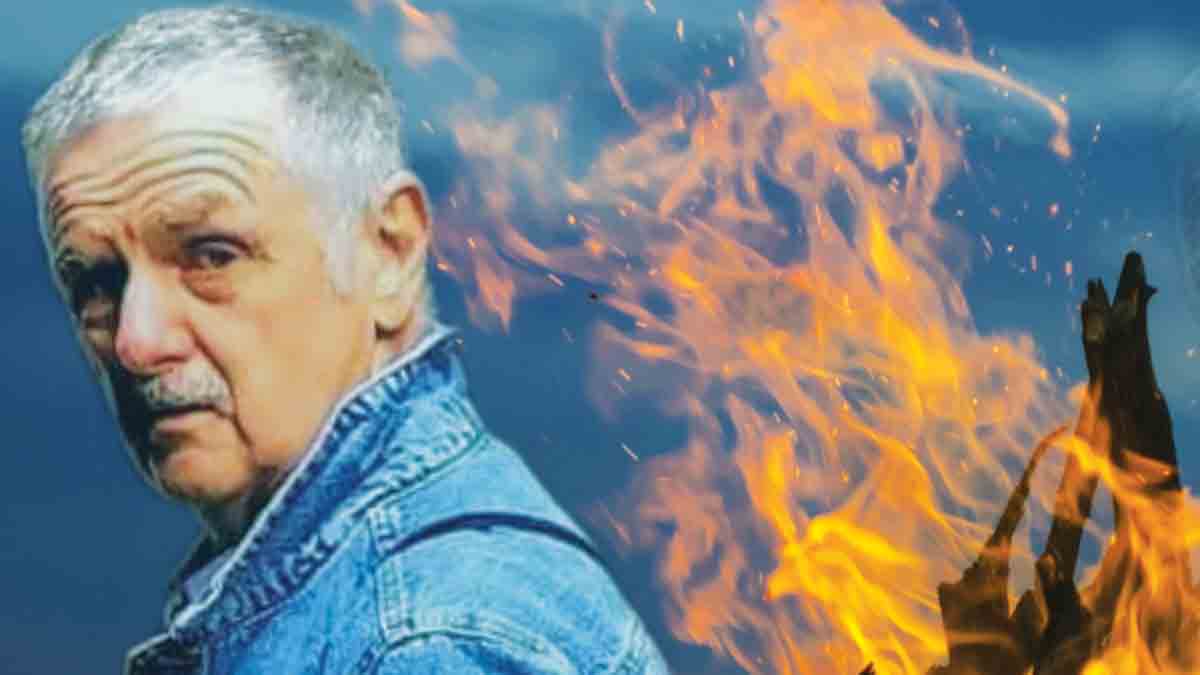THE LAST WORD
 By Pat Coughlan
By Pat Coughlan
Irish songs are more than just melodies; they are the lifeblood of our stories, woven into the very fabric of our identity. Growing up, I often found myself lost in the lilting tunes and poignant lyrics of songs like The Foggy Dew and Spancil Hill that seemed to echo the soul of our people. These songs are not merely entertainment; they are a testament to our history, our struggles, and our triumphs.
Through them, I’ve come to understand the profound connection between music and identity in Irish culture. It’s as if each note and word carry the weight of generations, preserving our tales in a way that no history book ever could.
There’s something about the rhythm of a traditional Irish tune that makes my heart skip a beat. It’s as if the very essence of our land is captured in those lively jigs and soulful ballads. I remember the first time I heard Arthur McBride, an anti-recruiting song, in a crowded Katie Reilly’s Kitchen on the Tramore Road in Waterford. The pub seemed to pulse with an energy that was both ancient and immediate. Each note felt like a thread, weaving me into the rich tapestry of my heritage. It’s in these moments, surrounded by friends and the familiar strains of a fiddle or the haunting call of a tin whistle, that I feel most connected to my roots.
When I first came to Kilkenny, John Cleere’s was my favourite. I lived only a short walk away. The atmosphere was electric, and the craic was mighty, but it was the music and songs coming from the musicians gathered around the fire that made you proud to be Irish.
I remember the first time I heard The Foggy Dew – it was like a punch to the gut, but in a good way. The song’s haunting melody and poignant lyrics transported me to a time of turmoil and bravery. Sinead O’Connor’s wonderful rendition says it all. It’s not just a tune; it’s a history lesson wrapped in a melody.
These songs, with their tales of rebellion and endurance, evoke emotions that are as raw as they are powerful. They remind us of the hardships our ancestors faced and the indomitable spirit that saw them through. It’s through these musical narratives that we remember, learn, and find strength in our shared past.
I recall hearing Molly Malone in Slattery’s on Dublin’s Capel Street. It was like being handed a key to Dublin’s soul. The melody, both mournful and uplifting, painted a vivid picture of the city’s bustling streets and the resilience of its people.
Each tune I’ve encountered since then has been a revelation, peeling back layers of our culture and history. From the spirited Rocky Road To Dublin to the tender Danny Boy, these melodies are chronicles of our collective journey. They’ve taught me that our music is not just a backdrop to our lives but a vibrant narrative that continues to shape who we are.
I’ve always found that the lyrics of traditional Irish songs are like peering through a timeworn window into our past. Take The Fields Of Athenry, for instance. The sorrowful tale of Michael, who steals corn to feed his starving family during the Great Famine, never fails to tug at my heartstrings. And then there’s my father’s favourite, Grace, a love story set against the backdrop of the 1916 Easter Rising. These lyrics, rich with history and emotion, have deepened my understanding of Ireland’s turbulent past and made it personal.
Growing up, I was often regaled with tales of old by my father and mother, their voices weaving stories as intricate as any Celtic knot. It wasn’t until I delved into our music that I realised these songs were the true keepers of our history. Each ballad and jig are a thread in the grand tapestry of our culture, passed down like a cherished heirloom. This oral tradition has shaped my understanding of who we are, and it’s heartening to see it still thriving today.
Modern artists like Kilkenny’s Mick ‘Citern’ Walsh [pictured] continue to draw from this wellspring, ensuring our stories live on, one melody at a time.
Thanks Mick, Shane and Sinead for keeping our music alive.
















